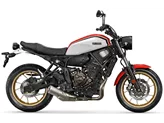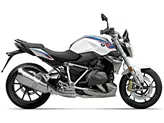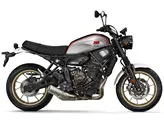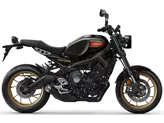BMW S 1000 R 2014 vs. Yamaha XSR700 2017

BMW S 1000 R 2014

Yamaha XSR700 2017
Overview - BMW S 1000 R 2014 vs Yamaha XSR700 2017
The BMW S 1000 R 2014 and the Yamaha XSR700 2017 are both naked bikes, but they have some significant differences in terms of their technical specifications and strengths.
Starting with the engine and drive train, the BMW S 1000 R 2014 has a more powerful engine with 160 HP compared to the Yamaha XSR700 2017's 75 HP. The BMW also has higher torque at 112 Nm compared to the Yamaha's 68 Nm. The BMW has four cylinders and a larger displacement of 999 ccm, while the Yamaha has two cylinders and a smaller displacement of 689 ccm.
In terms of suspension, both bikes have a swing arm and a monoshock absorber at the rear. However, the BMW has an upside-down telescopic fork at the front, while the Yamaha has a regular telescopic fork. The BMW's suspension is also equipped with dynamic suspension, which is an advanced rider assistance system.
The chassis of the BMW S 1000 R 2014 is made of aluminum, while the Yamaha XSR700 2017 has a steel frame. This could affect the weight and handling of the bikes, with aluminum generally being lighter and providing better performance.

BMW S 1000 R 2014
Both bikes have double disk brakes at the front with four pistons. However, the BMW has an advanced rider assistance system in the form of dynamic suspension, while the Yamaha has ABS.
In terms of dimensions and weights, the BMW has a slightly wider front tire at 120 mm compared to the Yamaha's 120 mm. Both bikes have the same front and rear tire diameter of 17 inches. The BMW has a longer wheelbase at 1439 mm compared to the Yamaha's 1405 mm. The seat height is similar for both bikes, with the BMW at 814 mm and the Yamaha at 815 mm. The BMW is slightly heavier with a kerb weight of 207 kg compared to the Yamaha's 186 kg. The BMW also has a larger fuel tank capacity at 17.5 liters compared to the Yamaha's 14 liters.
In terms of strengths, the BMW S 1000 R 2014 is praised for its sporty chassis, extreme power and performance, and very good electronic helpers. It is also considered to have a terrific price/performance ratio and is fast and comfortable on the racetrack and on country roads.

Yamaha XSR700 2017
On the other hand, the Yamaha XSR700 2017 is praised for its wonderful engine, solid workmanship, and cool retro look. It also has a large range of original accessories and a great automatic gearshift. The Yamaha is described as a joy dispenser for both young and old riders and has a sporty, tight chassis that is easy to drive.
In terms of weaknesses, the BMW S 1000 R 2014 is noted to have a slightly rough engine running and the dynamic suspension is considered to be on the "hard" side overall. The seat is relatively high and the bike can tempt riders to overdrive. The design is also mentioned as a matter of taste.
The Yamaha XSR700 2017 has some weaknesses including the readability of the display and the license plate holder being a matter of taste. Some design details are also mentioned as lacking consistency and the concept of the bike results in poor wind protection when driving fast.
Overall, the BMW S 1000 R 2014 and the Yamaha XSR700 2017 have their own unique strengths and weaknesses. The BMW offers extreme power and performance with advanced rider assistance systems, while the Yamaha provides a wonderful engine and a cool retro look. The choice between the two would depend on the rider's preferences and priorities.
Technical Specifications BMW S 1000 R 2014 compared to Yamaha XSR700 2017
Pros and Cons in comparison
Pros and Cons in comparison
BMW S 1000 R 2014
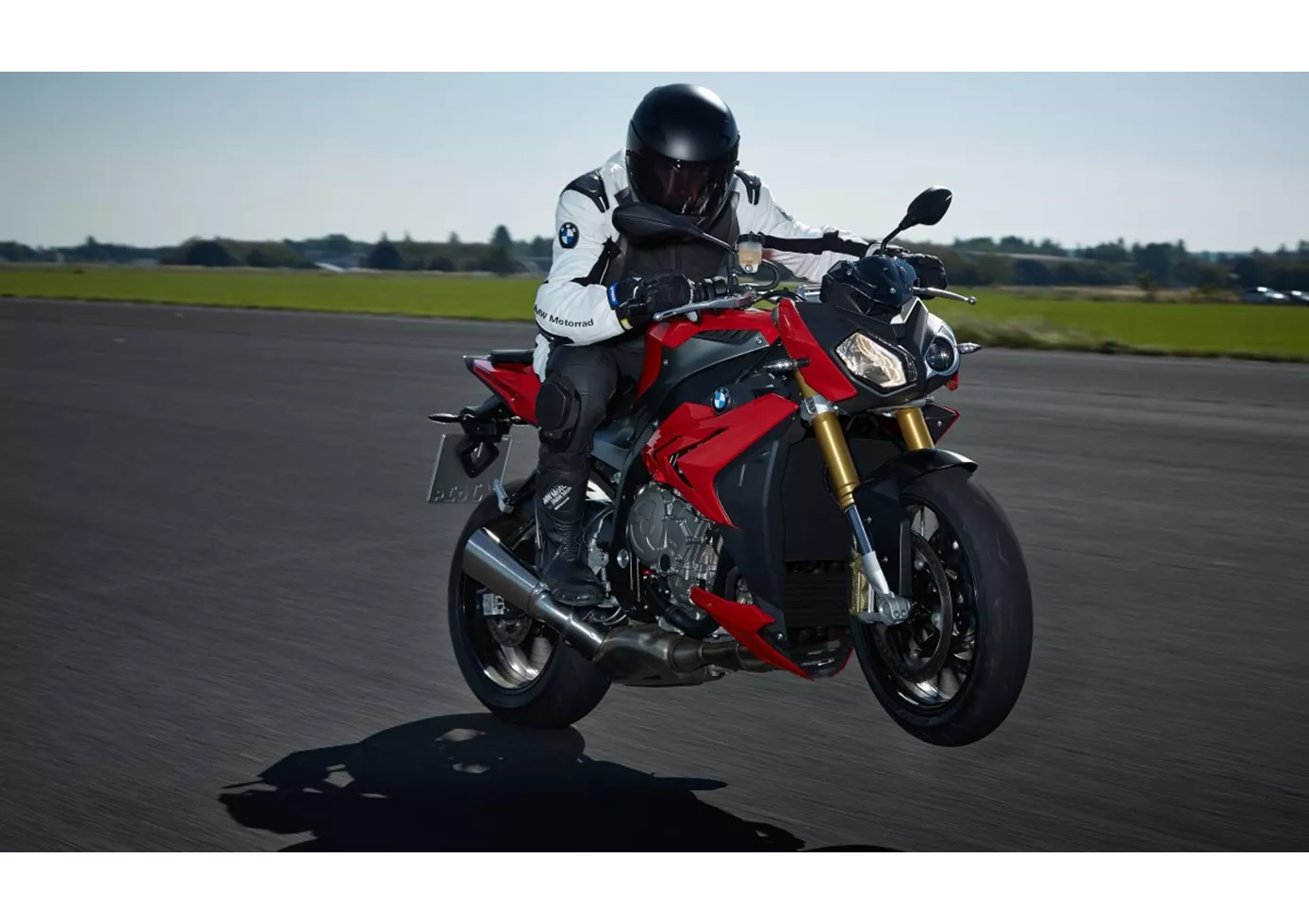
Brutal power, smooth, almost perfect, electronics, it only gets better with the HP4. Now BMW dominates the 1000cc naked bike class after the superbikes.
Yamaha XSR700 2017

The XSR is the perfect everyday bike for me. It is visually a feast for the eyes, has an incredible amount of power, but is still light and agile. The seating position allows longer rides, as the luggage can be carried on the back without any problems. The XSR itself doesn't know exactly what it wants to be now. But I find the resulting mix quite exciting. So if you don't want to (or can't) have different bikes in the garage, the XSR is a very good choice. served very well. It has everything you expect from a motorbike. In a hotel, one would speak of an all-inclusive offer. It is perfect for It is perfect for the daily ride to the office, for weekend excursions and smaller tours to the south. Even with a pillion, the bike is very easy to move. As usual from Yamaha, the bike makes a very solid impression. Everything simply works here. The exhaust is pleasantly quiet, but from 5000 rpm it produces a very appealing and throaty sound. The rear end is a matter of taste. Personally, I would rebuild the rear and remove the plastic elements. I also find the standard mirrors a little large. The retro look was not quite carried through here. However, this can be changed very quickly and easily thanks to the many accessories. The instrument panel is basically easy to read. However, a lot of information is space. Here, design and functionality clash a little. Summarised in one sentence: The perfect bike for every challenge.
Price Comparison Avarage Market Price BMW S 1000 R vs Yamaha XSR700
There are a few key differences between a BMW S 1000 R 2014 and a Yamaha XSR700 2017. In terms of price, the actual average price of a BMW S 1000 R 2014 is about 50% higher. A BMW S 1000 R 2014 experiences a loss of 590 USD in one year and 610 USD in two years of ownership. This is offset by a loss of 110 USD and 780 USD for a Yamaha XSR700 2017. Compared to Yamaha XSR700 2017 there are more BMW S 1000 R 2014 bikes available on the 1000PS.de Marketplace, specifically 19 compared to 7. It takes less time to sell a BMW S 1000 R with 70 days compared to 91 days for a Yamaha XSR700. Since model year 2014 1000PS.de editors have written 62 reviews for the BMW S 1000 R and 26 reviews for the Yamaha XSR700 since model year 2015. The first review for the BMW S 1000 R was published on 11/3/2013 and now has more than 17,300 views. This compares to more than 13,700 views for the first review on Yamaha XSR700 published on 7/22/2015.


